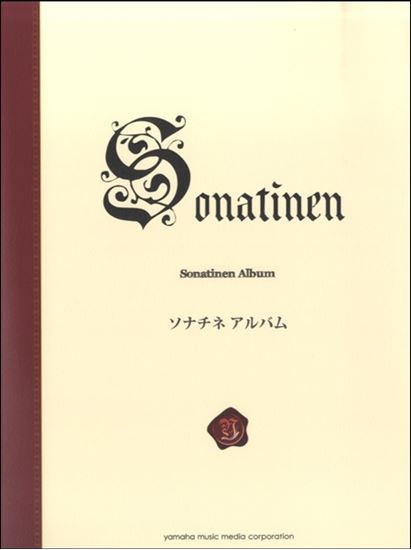Diabelli, Anton : "Sonatine" mov.3 Rondo. Allegretto F-Dur
Work Overview
Genre:sonatina
Total Playing Time:2 min 10 sec
Copyright:Public Domain
Commentary (2)
Author : Ooi, Kazurou
Last Updated: May 30, 2025
[Open]
Author : Ooi, Kazurou
This is a rondo with rapidly shifting tonalities. Therefore, it is crucial to alter the 'color' as the tonality and mood change, which is a significant challenge in performing this piece.
Numerous suspensions are also present, contributing to an overall mood that is not intense but rather elegant and optimistic.
The piece begins in F major, then modulates through D minor, B-flat major, G minor, D-flat major, A major, A minor, and finally returns to F major. Given the extensive modulations, it is imperative to vary the 'color' with each key change. Avoid playing everything uniformly.
There are no specific rules regarding articulation, and the use of the pedal is optional; however, the author would likely use the pedal to create a smooth, flowing line, for instance, in measures 17-20, to sustain the bass notes in the left hand.
The left hand typically features either three eighth notes written as an arpeggio, or a vibrant chord, as seen in measure 3. While the chords can be played either detached or connected, detaching them can create a contrast with the flowing three eighth notes, thereby adding variety to the piece.
Author : Maruyama, Yoko
Last Updated: June 11, 2025
[Open]
Author : Maruyama, Yoko
This is the final movement of a three-movement sonatina, and its scale is small, less than 70 measures (or less than 120 measures even with repetitions indicated by repeat signs). Throughout the movement, the melody of the opening theme appears repeatedly, but it is better described as 'rondo-like' rather than a strict rondo. This is because the 8-measure opening theme reappears in its complete form and in the tonic key of F major only once, just before the coda. Furthermore, the intervening musical ideas do not form harmonically closed periodic structures; instead, both key and material change fluidly, giving them a stronger transitional character than that of rondo episodes.
After the opening theme is presented, the beginning of the theme's melody starts in D minor, the relative minor of the tonic key. The melody soon departs from the theme, modulating while using motives derived from the theme, and from measure 17, a new musical idea begins forte with syncopated ascending leaps. However, four measures later, it modulates to A-flat major, transitioning to a different musical idea. This idea features fewer leaps and is marked pianissimo, contrasting with the preceding idea. However, this idea also ends briefly, and through a modulation using the enharmonic equivalence of D-flat and C-sharp, the movement's opening theme reappears in A major. From the post-thematic phrase, it shifts to A minor and immediately enters a transitional section, where dynamics and register fluctuate relatively widely compared to the rest of the movement, until the opening theme finally reappears in its complete form.
The beginning of the coda, following the repetition, consists of the accompaniment figure from the movement's opening theme and an embellishing figure derived from the melody of the theme's third measure. This is followed by a series of two-measure passage-work, and the movement concludes with the F major tonic chord emphasized for five measures.
PTNA & Partner Channel Videos(0items)
Sheet Music
Scores List (8)

(株)春秋社

(株)音楽之友社

(株)全音楽譜出版社

(株)ヤマハミュージックエンタテインメントホールディングス

(株)共同音楽出版社

(株)学研プラス

(株)音楽之友社

(株)全音楽譜出版社
